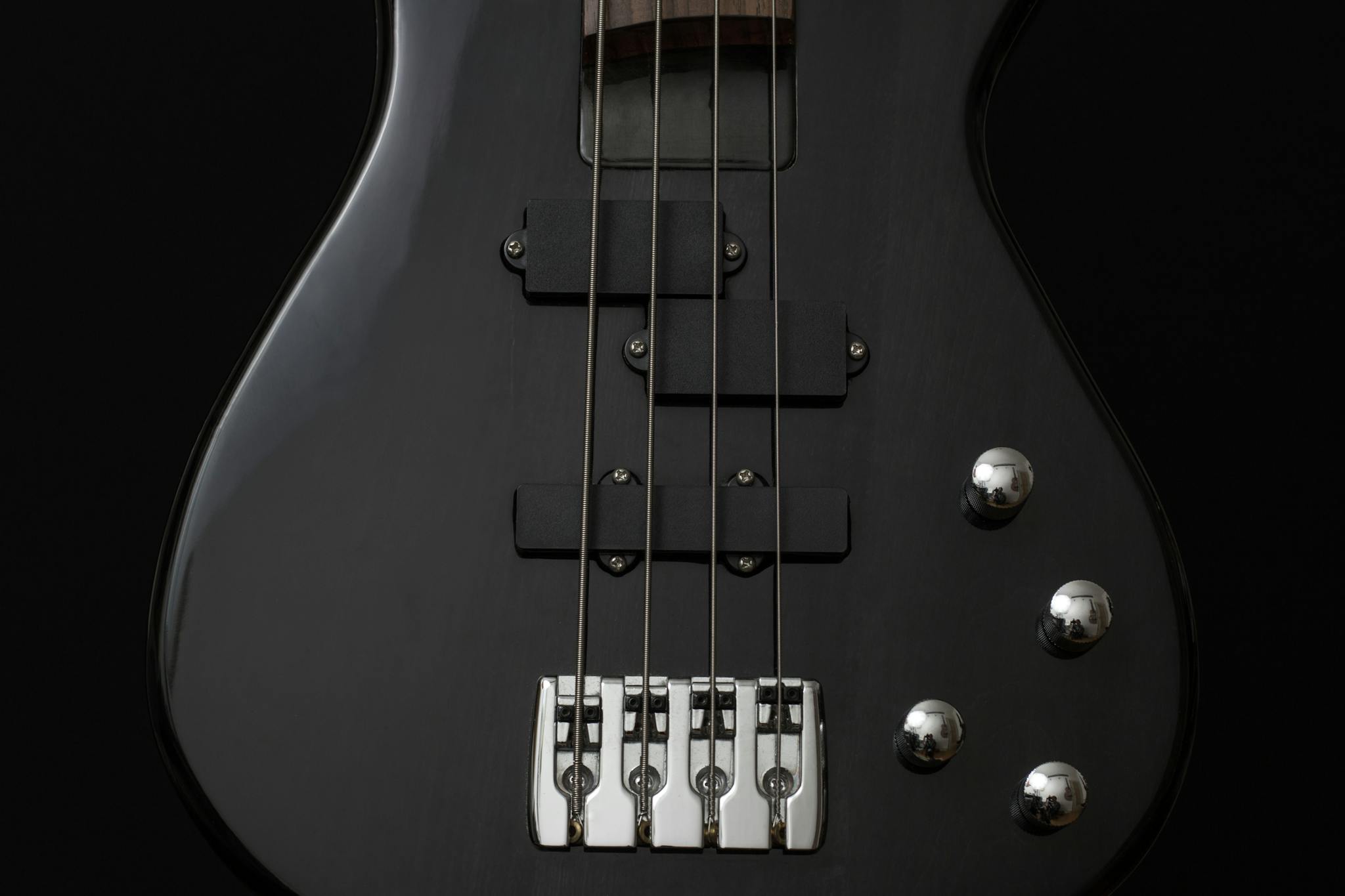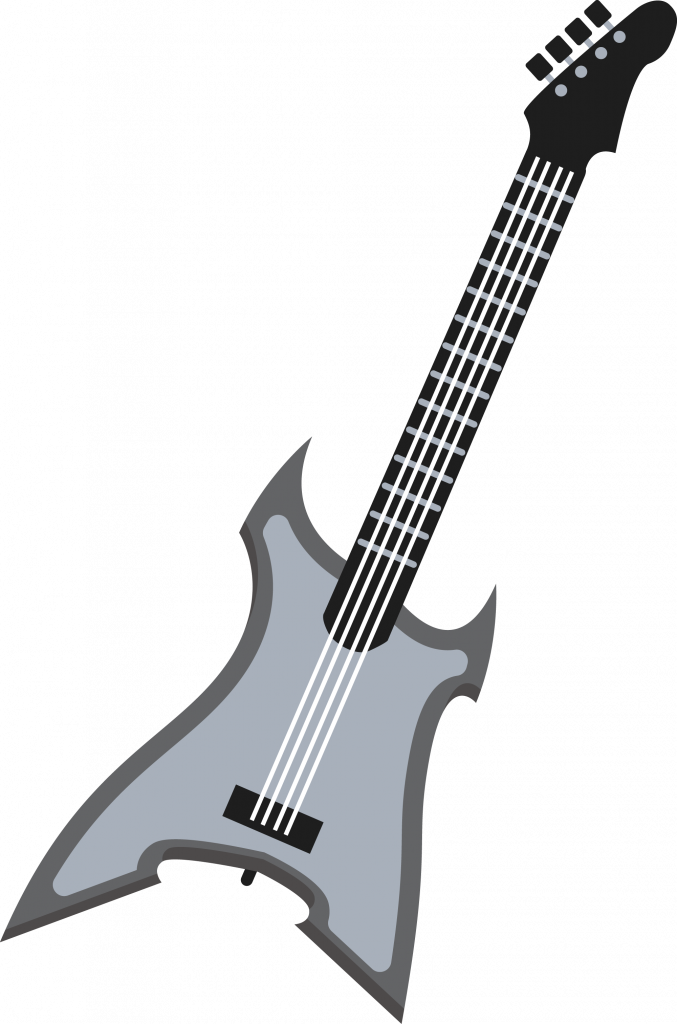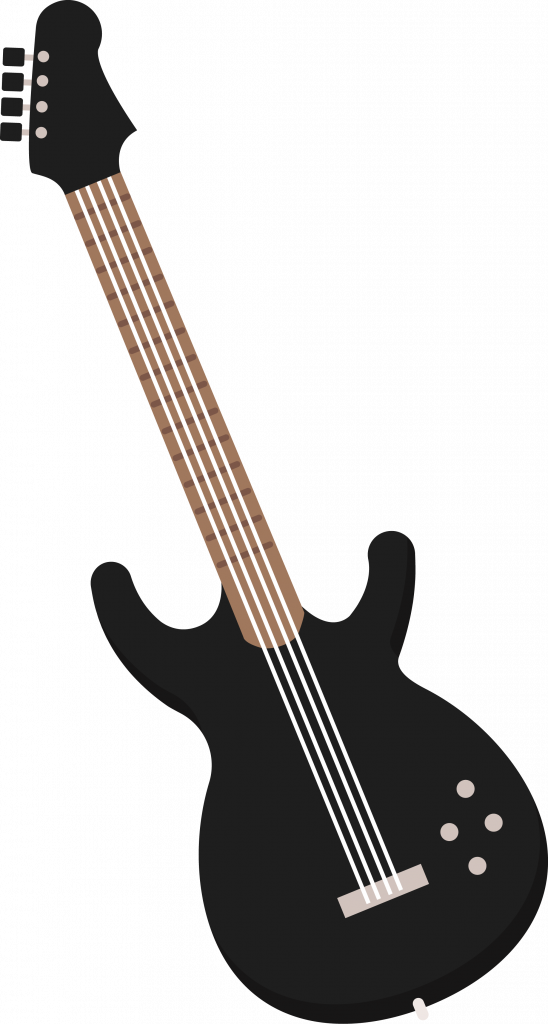
Unlocking Harmony: The Impact of Bass Notes on Chords and Musical Magic
When it comes to music, the interplay between different elements can create captivating and emotive experiences. One often overlooked but immensely powerful aspect is the role of the bass note in shaping the overall chord structure. In this blog post, we’ll explore the fascinating world of bass notes and how they can fundamentally transform the character of a chord.
The Foundation of Sound: Before diving into the impact of bass notes, let’s understand the basics. In music theory, a chord is a group of three or more notes played together. Traditionally, chords are built on a root note, and the combination of intervals between these notes determines the chord’s quality (major, minor, diminished, etc.).
The Role of the Bass Note: The bass note, often the lowest-pitched note in a chord, serves as its foundation. While it might seem like a small detail, changing the bass note can have a profound effect on the chord’s overall sound and emotional impact.
- Altering the Chord Quality:
- Changing the bass note can transform a chord from major to minor or vice versa. For example, taking a C major chord and placing an E in the bass creates a C/E chord, shifting the mood to a more reflective or contemplative tone.
- Enhancing Emotional Resonance:
- Different bass notes evoke distinct emotions. A root-position chord provides stability, while an inverted chord with a different bass note can add tension or a sense of resolution. Experimenting with bass notes allows musicians to convey a wide range of emotions within a single chord progression.
- Creating Movement and Dynamics:
- Bass note changes contribute to the overall dynamics of a piece. Walking basslines, where the bass notes move stepwise, can add a sense of motion and excitement. These changes can drive the music forward and keep listeners engaged.
- Expanding Musical Palette:
- Musicians often use bass note variations to add variety to their compositions. By exploring different bass notes within a chord progression, artists can introduce fresh nuances and prevent musical monotony.
Practical Examples: To illustrate the transformative power of bass notes, let’s consider the classic chord progression C-G-Am-F. By experimenting with bass notes, such as playing C/G, G/B, or F/A, musicians can create subtle yet impactful variations, showcasing the versatility and creative potential within a seemingly simple chord progression.
Conclusion: In the intricate tapestry of music, every note plays a crucial role in shaping the overall sonic experience. The bass note, as the foundation of chords, has the power to redefine harmony, evoke emotions, and elevate a musical composition to new heights. Musicians and composers alike can harness this potential to craft unique and unforgettable musical journeys, where the subtle shift of a bass note can unlock a world of sonic possibilities. As you explore the realm of chords and bass notes, remember that the smallest changes can yield the most profound results in the language of music.

Did you know that the world’s largest playable bass guitar, known as the „Gibson Thunderbird,“ measures a whopping 43 feet and 7.5 inches? This gigantic bass, created by luthier Mark Dalzell, is not only an impressive piece of art but also holds the Guinness World Record for the largest playable stringed musical instrument. Imagine the deep, thunderous notes that could resonate from this colossal bass!
The electric bass guitar was first introduced in the 1950s by Leo Fender, the founder of Fender Musical Instruments Corporation. Fender’s Precision Bass, released in 1951, was the world’s first commercially successful electric bass. Its innovative design not only revolutionized the way music was played but also laid the foundation for the modern bass guitar, becoming an integral part of various music genres from rock and jazz to funk and beyond.

So how can you get good on the bass?
Explore the realm of music where the bass guitar serves as the cornerstone, laying the groundwork for the entire ensemble. Often underestimated, this instrument holds incredible potential, capable of elevating a simple melody into a captivating musical odyssey. In this all-encompassing guide, we unveil the mysteries of the bass guitar, delving deep into the domains of rhythm, groove, and melody.
From the iconic grooves of Flea in Red Hot Chili Peppers to the thunderous basslines of John Entwistle in The Who, the bass guitar has played a pivotal role in shaping the sonic landscape of numerous genres. Whether you’re a novice eager to grasp the fundamentals or a seasoned player aiming to refine your technique, this guide equips you with the essential tools to master the art of bass guitar playing.
Uncover the rhythmic intricacies that infuse songs with infectious groove, learn to explore the melodic potential of the bass guitar, and unravel the secrets to seamless transitions between notes and chords. Join us on this musical expedition as we unleash the prowess of the bass guitar, propelling your playing to unprecedented heights.
Mastering Rhythm and Groove on the Bass Guitar
In the world of music ensembles, establishing a solid foundation through mastering rhythm and groove on the bass guitar is paramount. This instrument inherently sets the rhythmic pulse that propels the music forward. To grasp this concept, it’s vital to acquaint yourself with basic rhythmic subdivisions and their correlation to the bass guitar.
Enhance your sense of rhythm and groove by practicing alongside drum tracks or metronomes. This fosters internalization of the beat, refining your timing. Additionally, exploring diverse music styles like funk, jazz, and rock exposes you to varied rhythmic patterns, expanding your rhythmic vocabulary.
Syncing with the drummer is another pivotal aspect of groove. The bass guitar and drums form the backbone of the rhythm section, and their tight connection is pivotal for crafting a robust groove. Focus on aligning your bass lines with the drummer’s kick and snare drum patterns, creating a potent and cohesive rhythm section that breathes life into the music.
Mastering Versatile Bass Guitar Techniques
To become a versatile bass player, mastering various techniques is crucial. These techniques empower you to produce diverse sounds and textures, enriching your playing with depth and complexity. Common techniques include fingerstyle, slap and pop, and pick playing.
Fingerstyle involves using your fingers to pluck the bass guitar strings, offering control and precision for intricate bass lines. Slap and pop add a percussive element, achieved by slapping the strings with your thumb and popping them with your fingers, commonly used in funk and slap bass styles.
For a brighter, more aggressive sound, using a pick is effective. It provides a sharper attack, ideal for cutting through the mix in heavier genres like rock and metal. Experiment with these techniques to find those that complement your playing style and the music you aim to create.
Developing Timing and Groove
Timing and groove are indispensable elements in bass guitar playing. A robust sense of timing ensures precision and accuracy, while groove imparts an irresistible feel that beckons people to dance.
Refine your timing by practicing with a metronome. Start with simple bass lines, gradually increasing the tempo as your comfort grows. Aim for consistent note durations, and over time, your internal timing will improve, fostering confidence and precision in your playing.
To develop your groove, immerse yourself in the playing of accomplished bassists. Observe how they synchronize with drummers, forming a solid foundation for the music. Emulate their feel and experiment with different rhythmic variations, infusing your own personal touch into the music.
Crafting Bass Lines that Complement Melody
While the bass guitar primarily establishes rhythm and groove, it can also play a melodic role. Crafting bass lines that complement the melody enhances your playing, adding depth to the overall sound.
When creating bass lines, listen attentively to the melody, finding ways to support and enhance it. Play root notes of chords or incorporate melodic fills and variations. Experiment with diverse note choices and rhythmic patterns to identify those that harmonize best with the melody.
Consider incorporating octave jumps for added movement and depth in your bass lines. This technique, involving playing the same note in different octaves, can infuse a funky and groovy feel, particularly effective in funk and soul music.
Elevating Your Playing with Improvisation
Improvisation is a potent skill for expressing creativity and infusing a personal touch into your bass playing. While it may seem daunting initially, practice and the right mindset can transform improvisation into a formidable tool in your musical arsenal.
Begin by solidifying your understanding of scales and chord progressions. Familiarize yourself with major and minor scales, as well as modes like Dorian and Mixolydian. This knowledge forms the foundation for creating melodic and harmonically coherent bass lines.
Initiate your improvisation journey by playing over simple backing tracks or chord progressions. Focus on crafting melodic phrases that seamlessly flow with the music. Embrace experimentation, taking risks to explore new ideas and push the boundaries of your playing.
Tips for Effective Bass Guitar Practice
Mastering the bass guitar demands dedication, patience, and consistent practice. Here are some tips to optimize your practice sessions and accelerate your progress:
- Set Specific Goals: Define what you aim to achieve with your bass playing and set clear, specific goals to provide direction and motivation.
- Practice Regularly: Consistency is key. Allocate dedicated practice time each day or week and adhere to the schedule.
- Break It Down: When learning new techniques or pieces, break them into smaller parts, practicing each segment individually before combining them.
- Record Yourself: Recording your practice sessions offers valuable feedback. Review recordings to identify areas for improvement.
- Play with Others: Collaborating with fellow musicians enhances timing, groove, and overall musicality. Seek opportunities to jam or join a band.
- Be Patient: Mastery takes time. Celebrate small victories along the way, and be patient with your progress.
Celebrating Influential Bassists
Throughout history, numerous bassists have made remarkable contributions to the instrument, pushing its boundaries. Studying these influential figures offers inspiration and insights into diverse playing styles and techniques.
Jaco Pastorius, with his virtuosic playing and innovative harmonics, revolutionized the bass guitar, paving the way for modern bassists. James Jamerson’s melodic and soulful bass lines were instrumental in countless Motown hits.
Other notable bassists include Victor Wooten, known for his incredible technique and musicality, and Marcus Miller, seamlessly blending jazz, funk, and R&B. Figures like Paul McCartney, Sting, John Deacon, and Bernard Edwards fro



